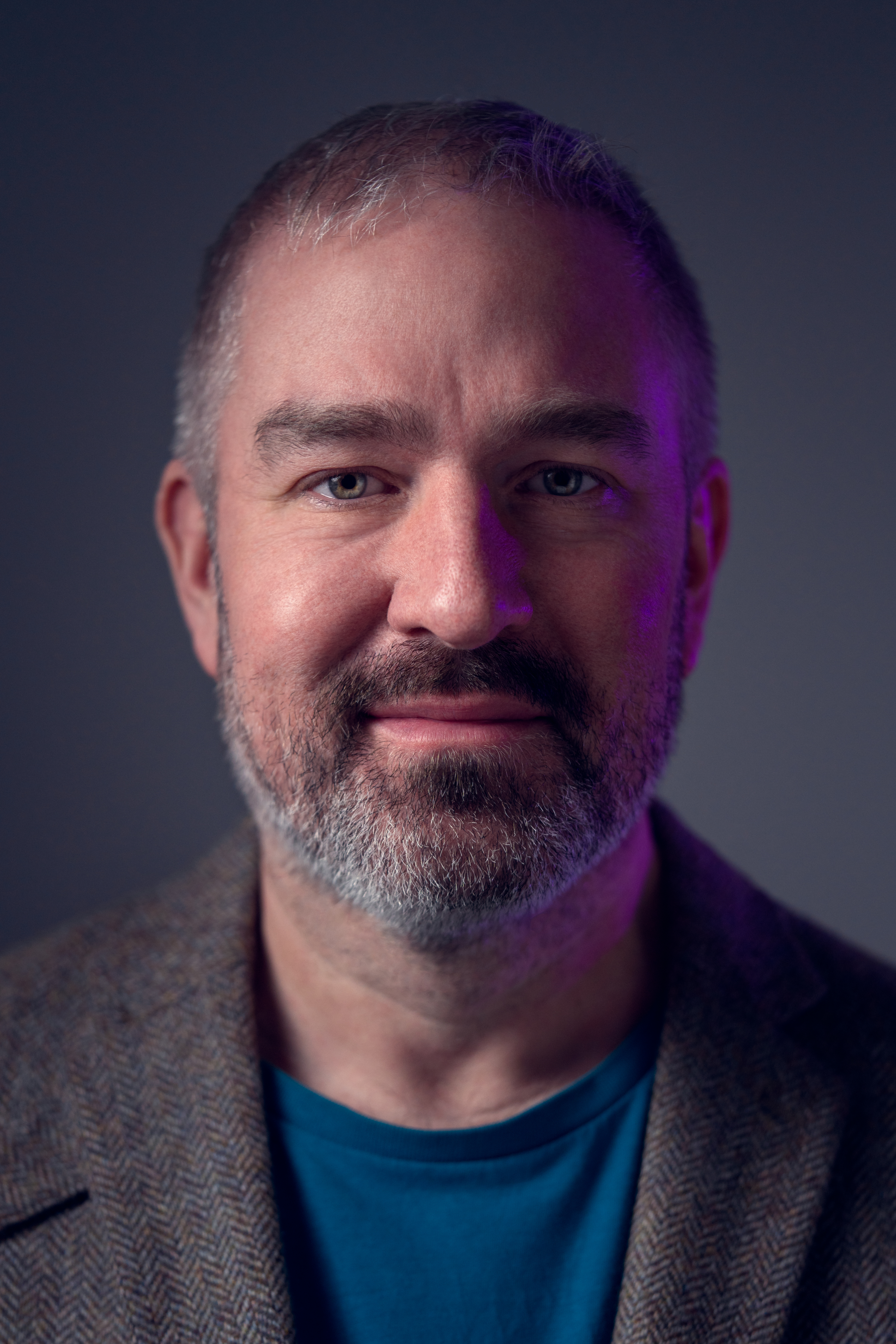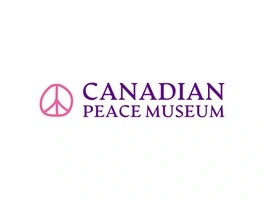- Home
- About Us
- The Team / Contact Us
- Books and Resources
- Privacy Policy
- Nonprofit Employer of Choice Award

 “Organizations don’t fundamentally change. If you want a different organization from one that exists today, the best thing to do is create one.” This was the advice given to me by Stanford University professor Christian Seelos as we ate dinner in his Berlin apartment in October 2019. We’d been discussing my frustration with trying to make change in the charitable sector. It took about five years for me to finally pluck up the courage to form a nonprofit and then turn it into a charity.
“Organizations don’t fundamentally change. If you want a different organization from one that exists today, the best thing to do is create one.” This was the advice given to me by Stanford University professor Christian Seelos as we ate dinner in his Berlin apartment in October 2019. We’d been discussing my frustration with trying to make change in the charitable sector. It took about five years for me to finally pluck up the courage to form a nonprofit and then turn it into a charity.
It was conversations like the one with Christian that changed how I saw nonprofits. I’d been volunteering and working in the humanitarian world since the 2004 Indian Ocean Tsunami. Having vacationed near where the disaster struck just months before, I felt compelled to act and co-led an effort to import construction, medicine and water purification supplies to North-East Sri Lanka. We did good work, but I quickly learned that you can do more by being part of an organized aid agency than a humanitarian start-up. From that point forward, I opted to work for Doctors without Borders, the Red Cross, the World Health Organization, Conquer COVID-19, Grand Challenges Canada, and the Heart and Stroke Foundation of Canada. Evening discussions at home with my partner Laura (who studied international development) always led me to conclude that the charitable sector didn’t need more duplication, but instead for people to join existing organizations and make them better.
A few years ago, I realized that my time in conflict zones had taken a toll on my mental health, and I started getting treatment for post-traumatic stress disorder. Therapy kept things under control, but the pandemic, personal life issues and (of all things) a malfunctioning car wash that trapped me inside, reignited my mental illness and last year I was forced to take an extended leave of absence from work.
 During my recovery, I decided to be bolder in my ambitions to make positive social change. I contacted my most trusted collaborators and asked if they would support me in forming an organization to promote peace—the Canadian Peace Museum. They agreed. We developed a mission but not the specifics, for example, where should such an institution exist?
During my recovery, I decided to be bolder in my ambitions to make positive social change. I contacted my most trusted collaborators and asked if they would support me in forming an organization to promote peace—the Canadian Peace Museum. They agreed. We developed a mission but not the specifics, for example, where should such an institution exist?
Hearing Paul Jenkins, my local mayor speak, I learned that the small town of Bancroft was trying to attract more tourists, and also had an annual steady stream of six million vehicles passing through. A lunch with Paul solidified our plans to try to create the museum in Bancroft and enthusiastic support of the Council buoyed our ambitions. Mayor Jenkins emphasized the importance of obtaining nonprofit status, which seemed intimidating at first, but turned out to be remarkably easy via the Canadian Revenue Agency’s website.
So, we had an organization, but no finances. I launched a GoFundMe and told the local newspaper about our plans. Nate Smelle, the editor of Bancroft This Week was enthusiastic and dedicated three pages to our efforts. Our fundraiser collected approximately $3,000—not enough to launch a museum, but enough to undertake modest activities, including launching the Stories of Peace award.
I asked Laura, a professional fundraiser, for advice on how to ramp up our revenue. I quickly realized that a lack of charitable status was going to hold us back. I was disappointed to learn that securing charitable status can be a long and complicated process, typically undertaken by lawyers with all the associated expenses. Speaking to people who succeeded in securing charitable status was disheartening, but a helpful meeting with Eric Windeler, founder of the youth mental health charity, Jack.org inspired me. Eric told me that because of his three years of partnerships with Kids Help Phone and then Queen’s University, it only took 60 days to get charitable status. I decided to see if I could navigate the process without a lawyer.
The CRA’s forms intimidated me. There were questions that I could not answer.
Who would fund us?
How much might they give?
What percentage of revenue would come from crowdfunding, philanthropy, and government?
Was it okay that the registered address was my home?
I could only guess. I phoned the CRA and was pleasantly surprised to be connected to a friendly and helpful staffer who told me that assumptions and estimates on revenue were normal. I applied for charitable status on the 21st of September, the International Day of Peace (not intentionally, that just happened to be the day I uploaded the documents). I made a strategic error in not conveying a preference for electronic communications, so when the CRA asked for a few missing forms, I didn’t notice the letter for two weeks. After uploading them I could see in the tracker that our application was pending assignment to an officer and they would give us the answer in April. I prepared for six months of waiting.
But then, in the middle of a three-day strategy session for the museum during the Christmas break, the CRA called asking more questions. Sadly, I couldn’t take the call and had to schedule a follow-up in early January. At that point, a friendly CRA staffer pointed out that our mission statement was (perhaps) making our mandate too wide. We had stated that we would do “educational programs” thinking that any museum activity is inherently educational. It turns out that “educational programming” has a very specific meaning to the CRA and that anyone aspiring to undertake them needed a robust set of things we lacked. The kind soul at the CRA (there’s a sentence I never thought I’d write) suggested a better set of purposes for the museum. I knew I’d be a fool to not take his advice.
A few days later we re-submitted a refined set of purposes:
Within days, we were a registered charity. The process took about three months and cost no more than my time and the $200 fee. Take that, lawyers!
So, why am I writing this? Well selfishly, we need to raise our profile and fundraise. If you’re reading this and you also believe that Canada could do with a peace museum, please donate. Less selfishly, I want to emphasize that you can create the organization you wish existed. You can apply for charitable status without a lawyer and succeed—in fact, it seems that lawyers might slow the process down. I’m not a fan of Nike, but their “Just Do It” slogan is exactly what I want to share.
Chris Houston FRSA is the principal consultant at Humanitarian Associates and is the President of the Canadian Peace Museum.